Muslim Group Demands Change After Preteen Is Forced To Remove Hijab At Airport
An American Muslim advocacy group has a list of demands for Air Canada after its employees allegedly forced a preteen to remove her hijab in public, even though she had already cleared security at San Francisco International Airport.
The San Francisco Bay Area chapter of the Council on American-Islamic Relations filed a complaint with Air Canada on Friday, asking the airline to implement “immediate policy changes prohibiting discrimination and harassment of Air Canada customers based on their purported race, national origin, and religion amongst others.” CAIR-SFBA said it wants Air Canada to institute cultural competency training for all employees.
CAIR is also demanding that Air Canada award monetary damages for the emotional distress inflicted on Fatima Abdelrahman, a 13-year-old from Santa Clara, California.
Ammad W. Rafiqi, CAIR-SFBA’s legal services coordinator, accused Air Canada’s employees of discriminating against Abdelrahman because of her religious beliefs. The experience left the girl, who was 12 years old at the time, feeling “angry and humiliated,” Rafiqi said.
“It is deeply troubling that Air Canada agents and employees would participate in such an incident,” Rafiqi, who is representing Abdelrahman and her family, wrote in the letter.
HuffPost has reached out to Air Canada for comment.
![Fatima Abdelrahman is a 13-year-old U.S. national squash team player. (Photo: Council on American Islamic Relations, San Francisco Bay Area chapter (CAIR-SFBA)])](https://s.yimg.com/ny/api/res/1.2/UUcct8O.QKVAYJXKvUtVDw--/YXBwaWQ9aGlnaGxhbmRlcjt3PTk2MA--/https://img.huffingtonpost.com/asset/5d892a772100005b00eba881.jpeg?cache=VbuNVnp0G6)
Abdelrahman, a U.S. junior squash player, was en route with her teammates on Aug. 1 to participate in an international tournament in Toronto. The then-preteen, who was traveling without her family for the first time, had no issues passing through TSA’s security screening at San Francisco International Airport, her lawyer said. After her team started boarding, a male Air Canada gate agent reportedly approached Abdelrahman and demanded that she remove her hijab because she wasn’t wearing one in her passport photo.
Abdelrahman explained to the agent that she wears the hijab because of her religious beliefs. But two additional Air Canada employees reiterated that she needed to comply with the request to remove her hijab, Rafiqi said. “Scared and worried” by the demands, Rafiqi said the girl asked for a closed, private screening area so that she could remove her hijab exclusively in the presence of female Air Canada agents. But the employees reportedly refused to accommodate this request, instead taking Abdelrahman to a nearby tunnel where other passengers were entering the plane.
CAIR accused the Air Canada employees of responding to the girl’s request for privacy with a “flippant and callous attitude,” according to the complaint.
In an interview with HuffPost Canada in August, Abdelrahman said she agreed to take her scarf off in front of a female agent because she was worried about missing her flight and making her teammates late. She claimed the agent glanced at her hair but didn’t compare her to her passport photo.
Abdelrahman returned to the U.S. a few days later on another Air Canada flight. Air Canada agents reportedly did not ask her to remove her hijab on the way back.
The teen told HuffPost Canada that she’s frustrated by the incident.
“It’s wrong and I don’t think anyone wearing any type of religious headpiece or any type of religious clothing at all should go through a selective type of discrimination,” Abdelrahman said in August.
![The Air Canada employees' actions left Abdelrahman feeling “angry and humiliated,” her lawyer said. (Photo: Council on American Islamic Relations, San Francisco Bay Area chapter (CAIR-SFBA)])](https://s.yimg.com/ny/api/res/1.2/Z6QyuBW9_u6FvV.ll4Hlpw--/YXBwaWQ9aGlnaGxhbmRlcjt3PTk2MA--/https://img.huffingtonpost.com/asset/5d892a77210000f605db17bf.jpeg)
After Abdelrahman’s sister complained about the incident on Twitter, an Air Canada customer service manager contacted the family via email, Rafiqi said. The company’s response said it recognized Abdelrahman’s right to privacy and suggested that the airline had updated its boarding policies. But the company has yet to acknowledge the emotional distress caused by the agents’ actions, CAIR claimed, adding that it believes the airline has violated federal and state anti-discrimination laws.
Along with cultural competency training and monetary damages, CAIR requested a copy of Air Canada’s current anti-discrimination policy, a copy of its updated and previous identity screening policies and a formal written apology, among other demands. The group told HuffPost on Monday that it has not heard back from Air Canada after filing the complaint. It is giving the company two weeks to respond.
“The Abdelrahman family and ourselves as her legal representatives will be looking to escalate the complaint by exploring options including filing a lawsuit,” Rafiqi said in an email.
Related Coverage
New York Bans Employment Discrimination Based On Religious Attire And Facial Hair
When Swimming As a Muslim Woman Becomes A Political Act
Couple Separated By The Muslim Ban Reunited After HuffPost Report
Also on HuffPost
Love HuffPost? Become a founding member of HuffPost Plus today.
The Hijab
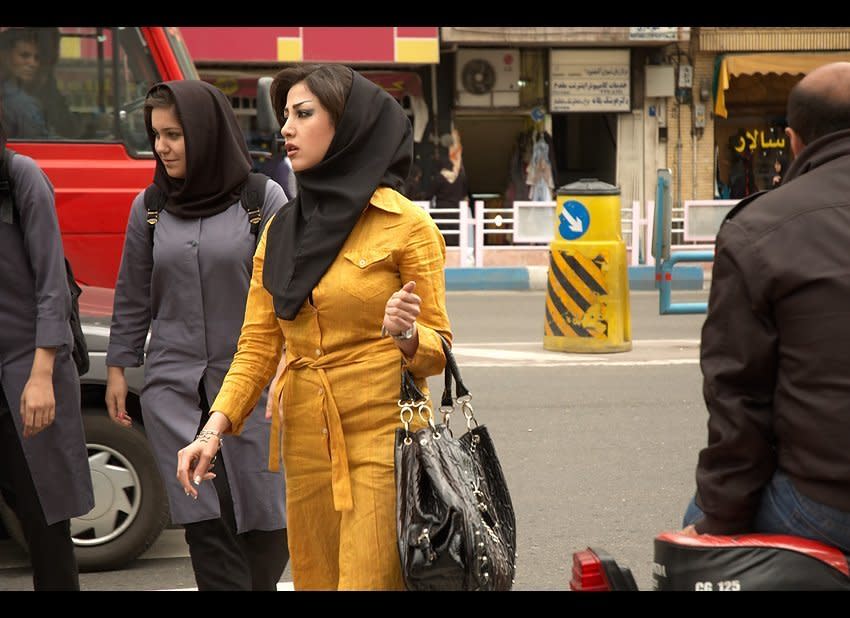
Hijab in Action
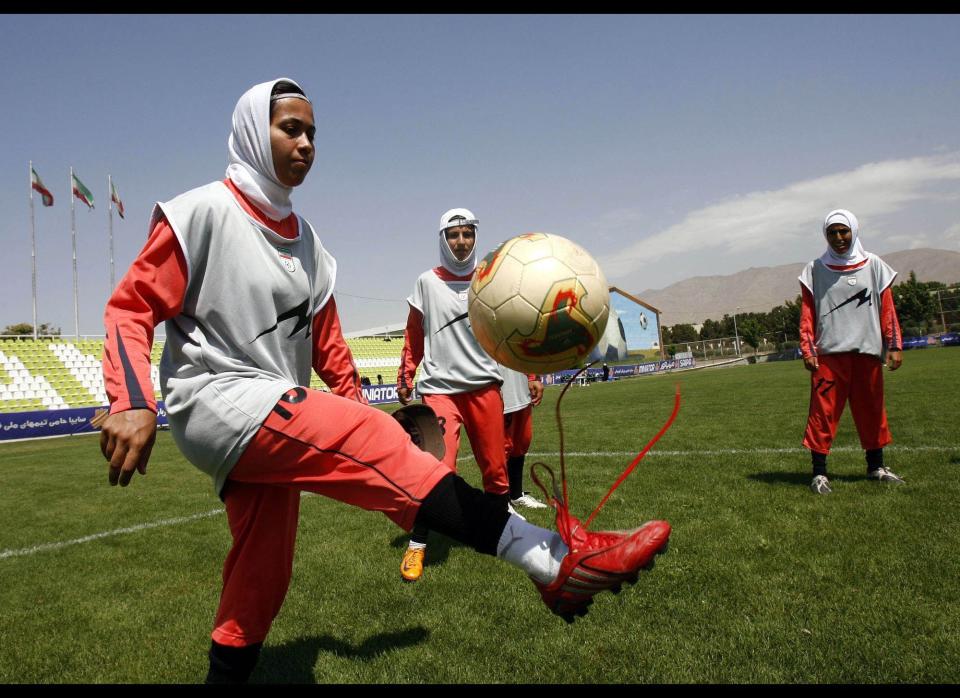
Sheila & Abaya
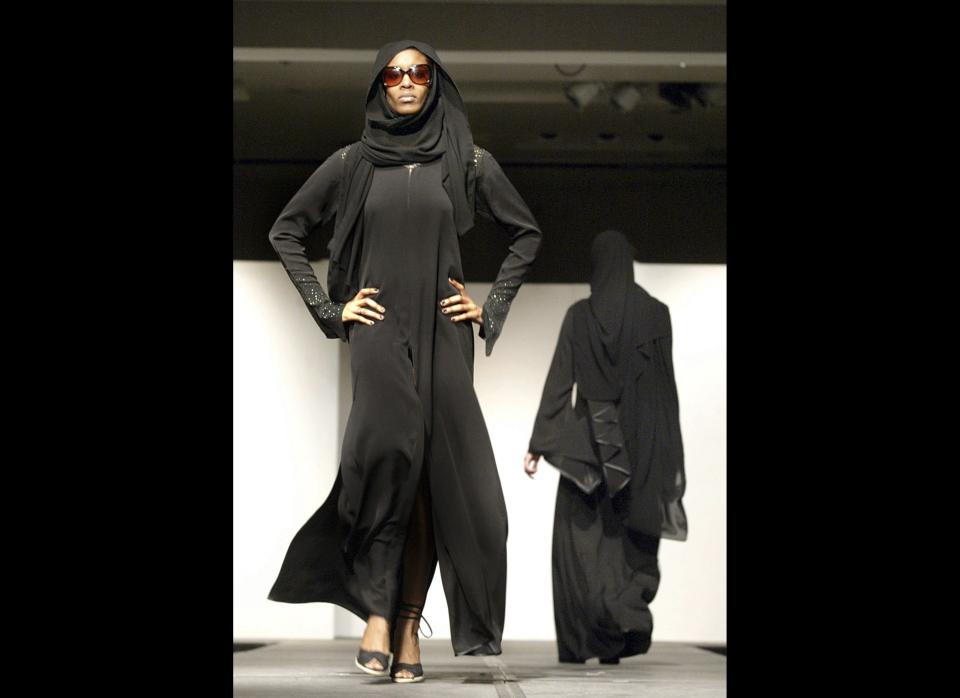
The Niqab
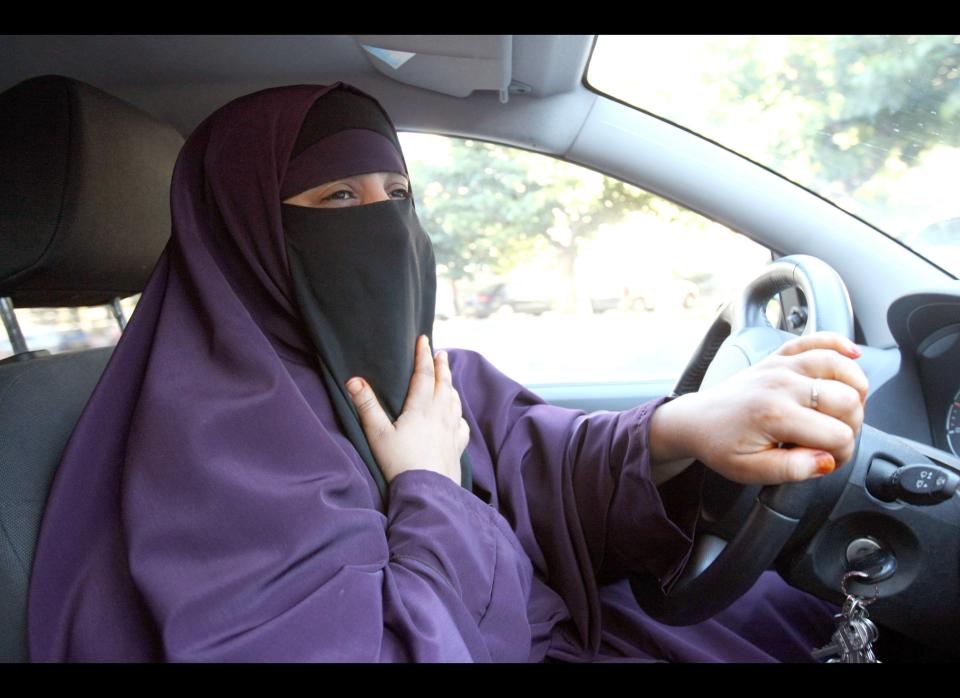
The Batula
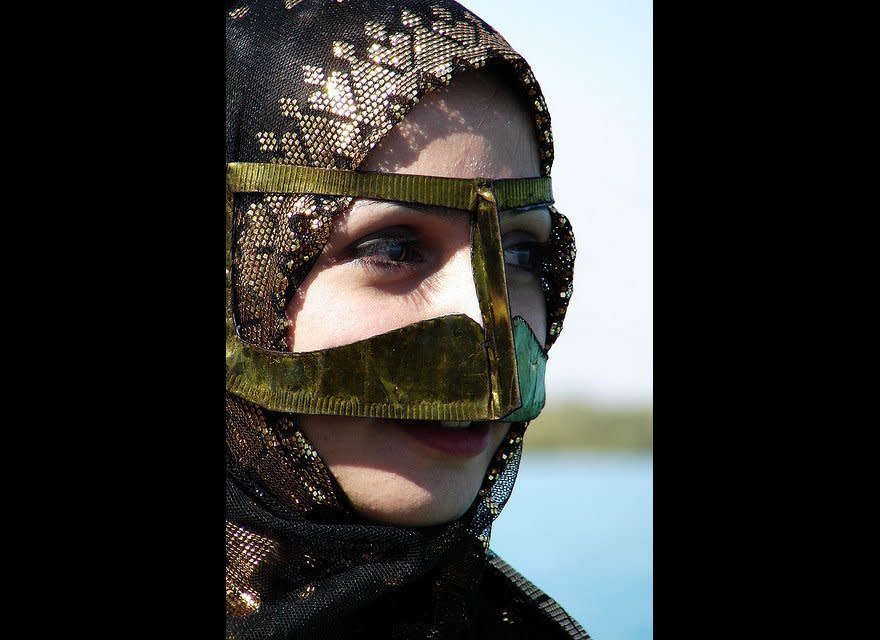
The Burqa
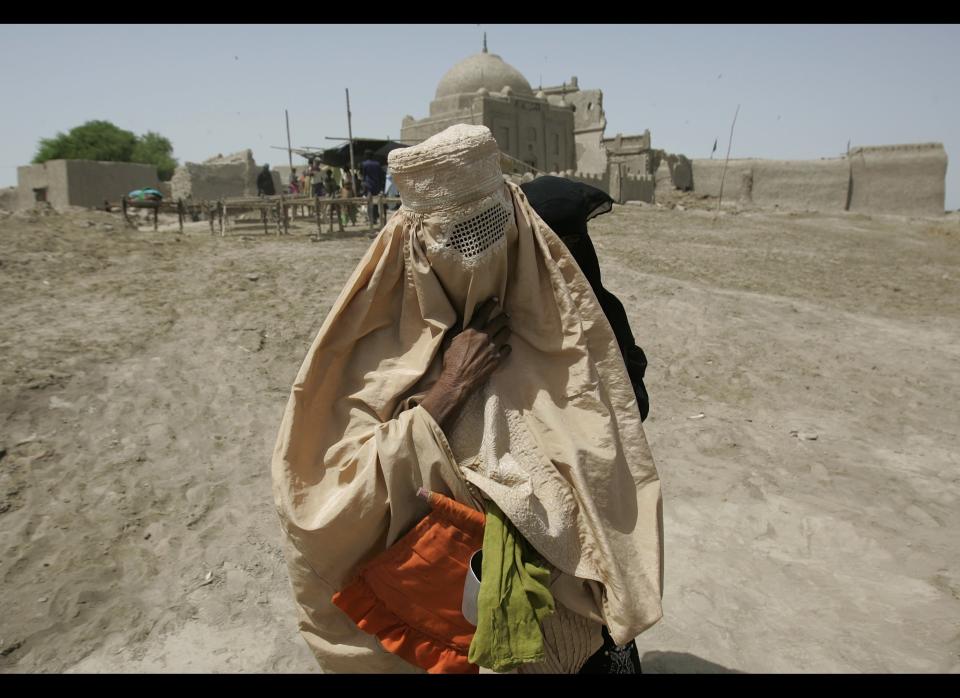
Burqas & Bicycles

Doa Gaun
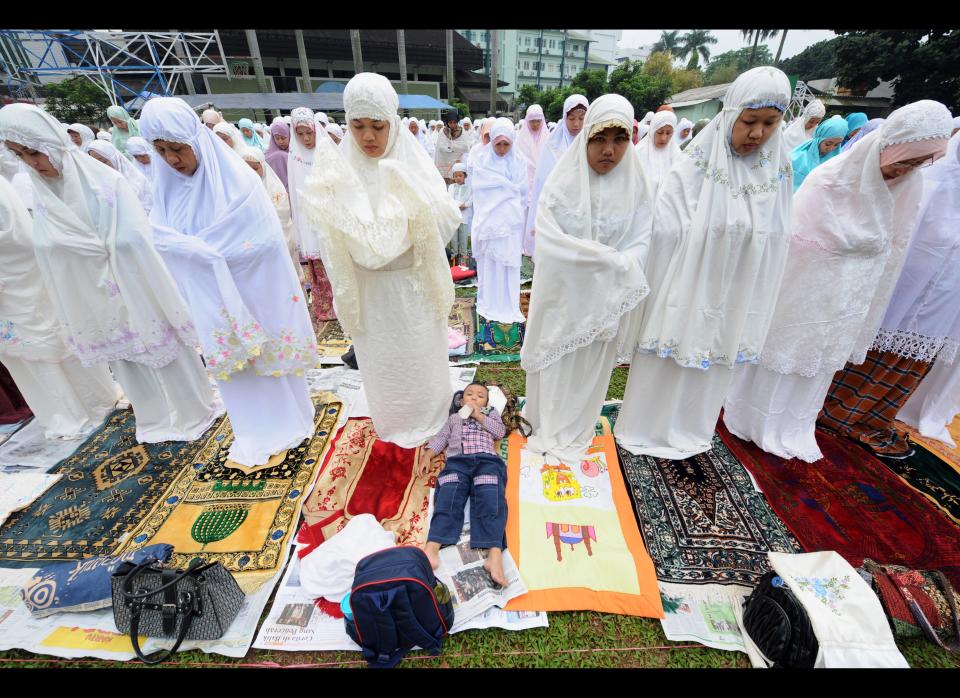
The Chador
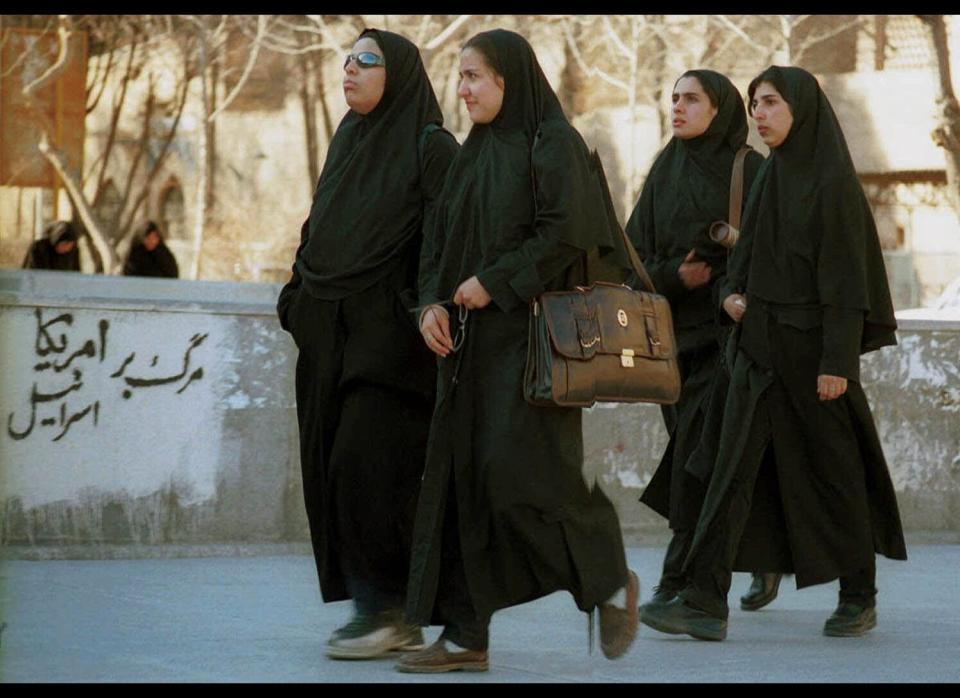
The Birquini
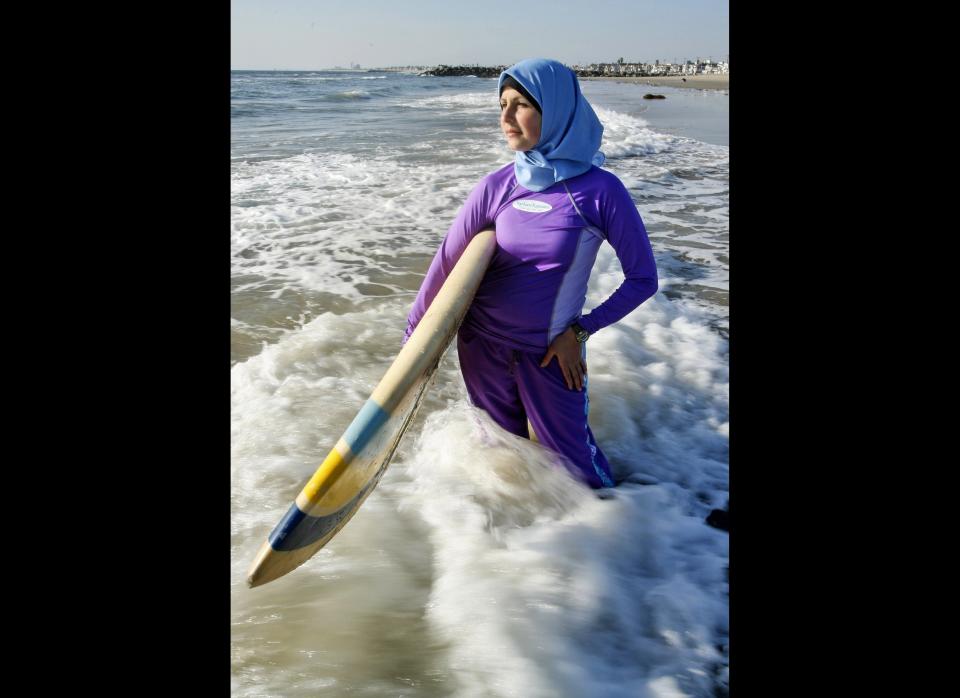
Baywatch: Abu Dhabi

This article originally appeared on HuffPost.

